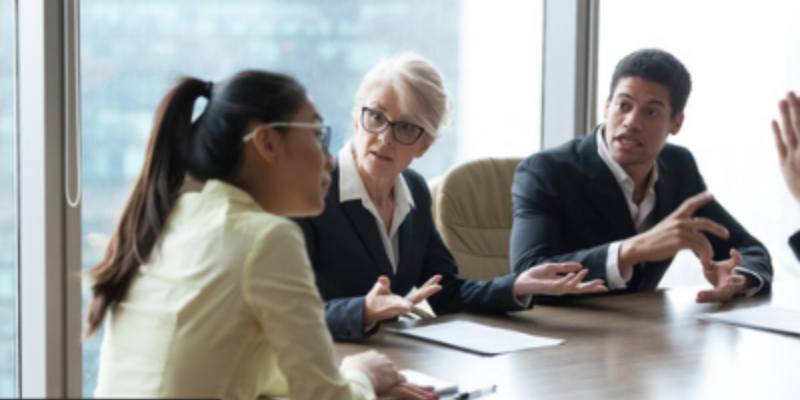Understanding Fascism: An In-Depth Analysis
Fascism, a term that evokes strong images of totalitarian regimes and dictatorial oppression, has been a significant political force throughout the 20th century. While it is often associated with the regimes of Benito Mussolini in Italy and Adolf Hitler in Germany, fascism is a complex ideology with deep historical roots and varied manifestations. This article investigates into the nature of fascism, its core characteristics, and its historical impact, drawing on a variety of scholarly sources. Origins and Definition Fascism is a political ideology that emerged in the early 20th century, primarily in Europe, as a reaction against liberal democracy and the rise of socialism and communism. The term “fascism” is derived from the Italian word “fascio,” meaning a bundle or group, symbolising strength through unity. According to Stanley G. Payne, in his seminal work, A History of Fascism, 1914–1945, fascism can be characterised by several core elements: nationalism, authoritarianism, and a disdain for electoral democracy (Payne, 1995). Core Characteristics Fascism is defined by its anti-democratic and anti-liberal stance. Fascist regimes typically reject the principles of parliamentary democracy and individual rights, advocating instead for a centralized, autocratic government led by a dictatorial leader. This authoritarianism is often justified by an emphasis on national unity and strength. Historian Robert O. Paxton, in The Anatomy of Fascism, outlines the key features of fascist movements, including the promotion of myths of national rebirth, a commitment to violent action, and a belief in the supremacy of the state over the individual (Paxton, 2004). One of the central tenets of fascism is ultranationalism. Fascist ideologies glorify the nation or race above all else, promoting a sense of exceptionalism and superiority. This often leads to xenophobia, racism, and the persecution of minority groups. As noted by Roger Griffin in The Nature of Fascism, fascist movements often construct a narrative of national decline and the need for rejuvenation through authoritarian rule and social unity (Griffin, 1993). Historical Impact The impact of fascism on world history is profound and tragic. The most infamous fascist regimes, those of Mussolini’s Italy and Hitler’s Germany, led to catastrophic wars and human rights atrocities. Mussolini’s fascist state, established in 1922, sought to create a new Roman Empire, but it was characterised by repressive policies and militaristic expansionism. Hitler’s Nazi regime, which came to power in 1933, is responsible for the genocide of six million Jews during the Holocaust and the devastation of World War II. The consequences of fascism extend beyond these two regimes. In Spain, Francisco Franco’s fascist dictatorship, which began after the Spanish Civil War in 1939, lasted until his death in 1975. Similar movements and regimes appeared in countries like Japan, Hungary, and Romania, each adapting fascist principles to local contexts. Modern Relevance While classic fascism largely fell out of favour after World War II, its ideological remnants persist. Contemporary far-right movements in Europe and America often draw on fascist ideas, albeit in a modernised form. The rise of populist leaders who espouse nationalist and authoritarian rhetoric is a testament to the enduring appeal of some fascist principles. Websites such as the Centre for Analysis of the Radical Right highlight the ongoing relevance of studying fascism to understand and counter modern extremist movements (CARR, 2023). Fascism, with its roots in early 20th-century Europe, represents one of the most extreme and destructive political ideologies in modern history. Defined by authoritarianism, ultranationalism, and anti-democratic principles, fascist regimes have left an indelible mark on the world. Understanding fascism, as elucidated by scholars like Payne, Paxton, and Griffin, is crucial not only for historical knowledge but also for recognising and countering its modern manifestations. The study of fascism remains a vital field in political science and history, offering insights into the dangers of extreme ideological movements. References Payne, S. G. (1995) A History of Fascism, 1914–1945. University of Wisconsin Press. Paxton, R. O. (2004) The Anatomy of Fascism. Alfred A. Knopf. Griffin, R. (1993) The Nature of Fascism. Routledge. Centre for Analysis of the Radical Right. (2023) “Understanding Fascism”. [Online]. Available at: https://www.fairobserver.com/author/centre-for-analysis-of-the-radical-right/. [Accessed 5 August 2024].










